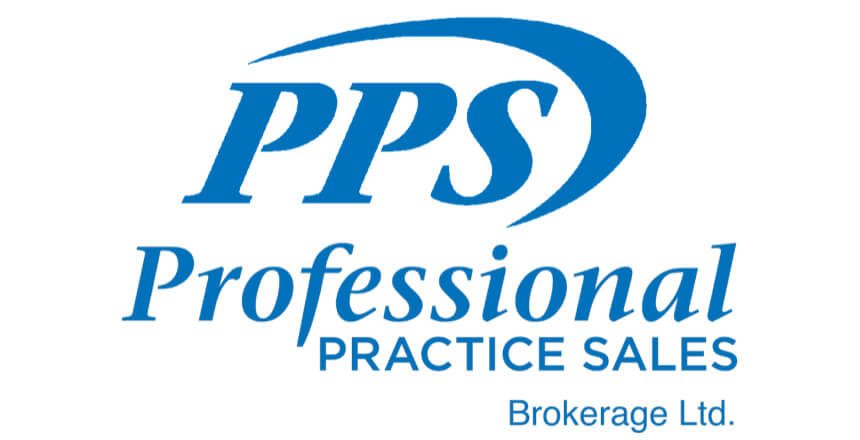
Making the decision to sell a dental practice is a big deal. Most dentists enter into this decision after seeking out information and being guided by reputable professionals. It should be a long and well-planned out process that can take from 1 to 5 years to execute. There are times when dentists attempt to go about it in other ways, or are convinced that they should jump at the first opportunity that comes along. Most often, you will achieve the best result by having a team of experts involved and getting the most market exposure. I will share some stories of what did or could have happened to a few of your colleagues who chose alternate approaches.
Several years ago, a large practice owner that we knew pretty well, was approached by a corporate buyer. He was not in retirement mode, but liked the numbers being bandied about. He decided to carry on the discussion on his own, without external input from a broker (not even an appraisal), or his accountant. Everything came together and he sold the practice for what he thought was a pretty good number. He received 120 percent of gross, with some funds being held back, which is not uncommon for a corporate buyer. Our math showed that a minimum of $500,000 was left on the table; however, since the practice was never exposed to the market, no one will ever know for sure. We discussed it openly with him and he said he wanted to keep it quiet and didn’t want to pay the 10 percent commission. He was not educated on the value he would have received at the time and didn’t realize that for larger practices commissions can be negotiated.
In another instance, about a year ago, a client who had a valuation done approximately 5 years ago was thinking about selling her practice and casually mentioned it to a friend. This friend knew someone who would be perfect. The two met and hit it off famously. It was decided that they would just use the old valuation and adjust it a little to reflect the current gross income and what they thought the current market value would be. They started the negotiating process, which became difficult as there was no one to act as a buffer between the two dentists. They did manage to come to a general understanding. At this point, the buyer got a very aggressive lawyer involved. Months were spent trying to come to terms on a Letter of Intent (L.O.I.) which generally takes days! Once this was worked out, the real journey began. The lawyer realized his client had some leverage as there was no one else waiting to buy the practice so during the negotiation of the actual Share Purchase Agreement (S.P.A.), further negotiation of the terms and conditions, which had previously been agreed to, were attempted. This created more animosity between the parties and after a full year of time invested, the end result was that the deal fell apart.
At that point, the seller decided to have a new valuation. She was very exasperated with the whole process and wanted to go about it in a different way. We assisted with the preparation of the valuation which showed a value significantly higher than she had previously agreed to. Also, in the interim, the associate indicated a strong interest in buying the practice. We were engaged to shepherd the deal through the process, deal with the lawyers and accountants on both sides, be the voice of reason for both sides in order to preserve the professional relationship, and generally, keep the deal on track. We were also prepared to seek out other buyers if it ever started to go off the rails. The deal closed relatively smoothly and both sides were very pleased.
The last example is the story of a reasonably young dentist who wanted to make a major change in lifestyle. He had a very successful practice that he had owned for about 10 years. It was really a two dentist practice but his own personal bias dictated that he do all the work himself. Unfortunately, this caused him to burn out and seek alternatives. He was given guidance from one of his trusted advisor’s that his practice would be worth about what it billed. His advisor said if he was really serious about making this major life change, he knew someone who would buy the practice and close the deal quickly.
The client liked what he heard but just wanted to get a second opinion to make sure. When he explained the situation to me, I let him know that while his advisor may be well-meaning and trying to help, he was way off the mark in terms of value. Further, I let him know that it is dangerous to use one metric like gross income as a yardstick to determine value. Location, competition, lease terms, patients, profit and assets, to name but a few, are important factors that are considered when arriving at a value for a dental practice. You, then, take all of these factors and compare and contrast them to other practices that have sold in the open market to determine a market value. Next, you expose the practice as broadly as possible because we are in a very efficient seller’s market; therefore, the market will determine the actual practice value.
When we met and performed the valuation, it turned out that the practice was performing very well in all of the areas mentioned above that contribute to value. In fact, better than I had expected. The practice also had a lot of room for future growth because he was alone and just barely able to keep up with the demand. Everything he could refer out, he did. Work that he could defer was deferred. No effort was spent on recruiting new patients as he was too busy already! These are all factors that cannot be understood by looking at numbers alone.
In the end, he listed the practice for sale and received multiple offers. He selected the second highest, as it was felt that was the best fit for the practice. His proceeds were over $1 million more than would have been the case; there were many offers in the same range, so the efficient seller’s market determined the value, just as it should.

